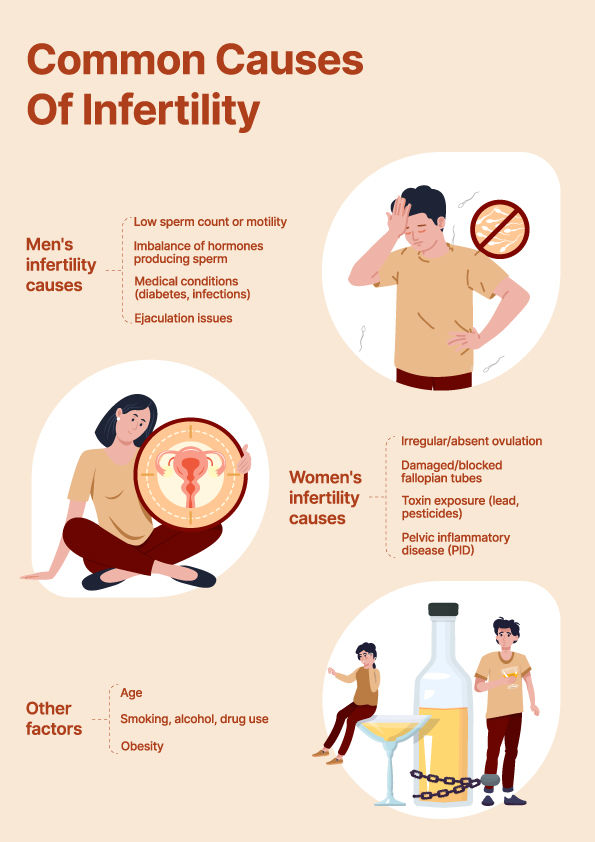Endometriosis occurs when the tissue that normally lines the uterus starts growing outside it, in areas like the ovaries, fallopian tubes, or even beyond the pelvic region.
Think of it as your body getting a little mixed up—this misplaced tissue behaves like a normal uterine lining but has nowhere to go during your period. Over time, this can cause inflammation, pain, scar tissue formation, and fertility issues.
Stages of Endometriosis
Endometriosis is classified into four stages based on the extent of tissue growth and scarring:
- Stage I (Minimal): A few small endometrial implants with little to no scar tissue.
- Stage II (Mild): More implants but no significant scarring.
- Stage III (Moderate): Deeper implants with visible scar tissue and possible small ovarian cysts.
- Stage IV (Severe): Extensive endometriotic growth, large ovarian cysts, and widespread scar tissue affecting the uterus, ovaries, fallopian tubes, and even the intestines or rectum.
If left untreated, endometriosis can worsen over time, making early diagnosis and management crucial.



